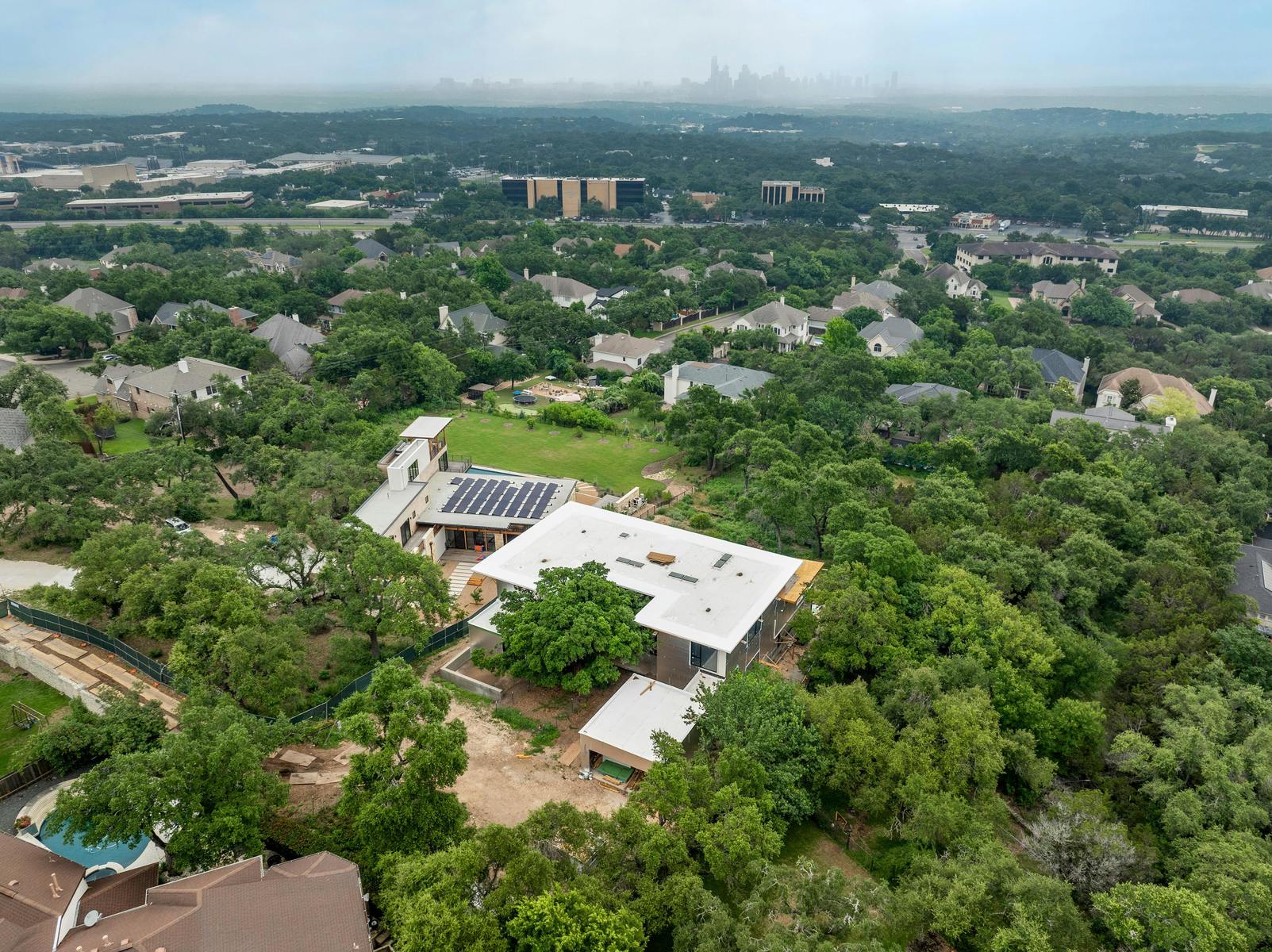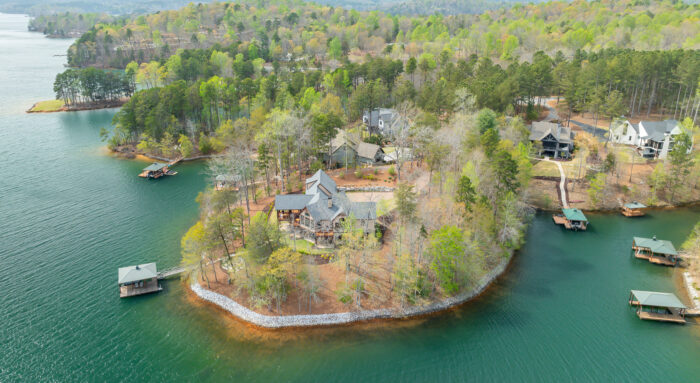Picking up an award is often its own reward. But when a gong stands for more than personal achievement, that’s when other people benefit too. When Tom Pirelli built a home in Jupiter, Palm Beach in 2007 that a year later became the first in Florida to fly the pinnacle flag of a LEED Gold Award – the international accolade in built sustainability – his ambition lay beyond reducing his monthly utility bill.
The sustainability agenda is a common talking point in real estate today. Not so much in 2007. “When we first approached architects in Boca Raton,” says Pirelli, “they thought we were nuts. No one in Palm Beach County had worked with the eco materials or environmental techniques we wanted to use.” No wonder.

Receiving LEED Gold Home certification was no small feat, particularly for this corner of southeastern Florida. (Illustrated Properties)
Pirelli is one of those visionary engineers whose eyeline ventures beyond the usual horizons. His thesis at Princeton in 1969 involved designing and building the first electronic cash register, using a prototype Intel microprocessor. In 1995, he patented the first point-of-sale device to combine a barcode scanner with a touch screen. So building a house must have been easy as pie. Maybe, but you can always set yourself the toughest targets.
“From the start, we wanted to build the first LEED Gold Home in Florida. That meant gaining 100 out of 110 points, intentionally set as very hard to do.” Here’s what he did.
Air conditioners are the biggest use of electricity in Florida, says Pirelli, so he strategized a complex programmable zoning system. The roof got revolutionized, with heat-absorbing red clay tiles replaced by reflective metal, plus 8-inch insulation on the underside instead of on the floor to stop attic heat transfer into the house. Solar panels multiplied from 0 to 24 (there are now 84), all sloped for capturing lower winter sun. Triple-glazed doors and windows were designed to slide open for natural ventilation flow, below 700 square feet of motorized awning as part of the cooling/heating system that already was shrinking electricity use.
All this and much besides in 2007, when the sustainability agenda had about as much general appeal as gluten-free vermicelli. Tom Pirelli had to battle local restrictions to make his solar paneling efficient. And he did so not as a personal pastime but because he and his wife regarded it as one small step in the right environmental direction that would ultimately, they hoped, lead to broader societal benefit.
“There weren’t any tax credits for using solar in the Sunshine State, “ he recalls. “It was going to be a 20- to 25-year investment for us, but we did it anyway.” Florida Power & Light is now one of the biggest utility users of solar, with huge solar farms and campaigns promoting installation on individual homes. A lot has changed.

A total of 84 solar panels spread across the property for maximum sun exposure. (Illustrated Properties)
Also about to change is the ownership of Pirelli’s 353 sqm (3,800 sqft), 4-bed, 5-bath home set on a large plot with 100 trees by Riverbend Park. It’s on the market with Illustrated Properties. Who’s likely to buy? Perhaps another engineer with the vision to take Tom Pirelli’s pioneering eco plans to the next level? Or, since the owners have never stopped perfecting their passion project with continual upgrades year on year as green technologies have advanced… perhaps anyone for whom sustainability and healthy living is simply part of their daily conversation, in these more enlightened days.
The listing for 9086 N 166th Way is held by Sharon Nikolas of Illustrated Properties.











